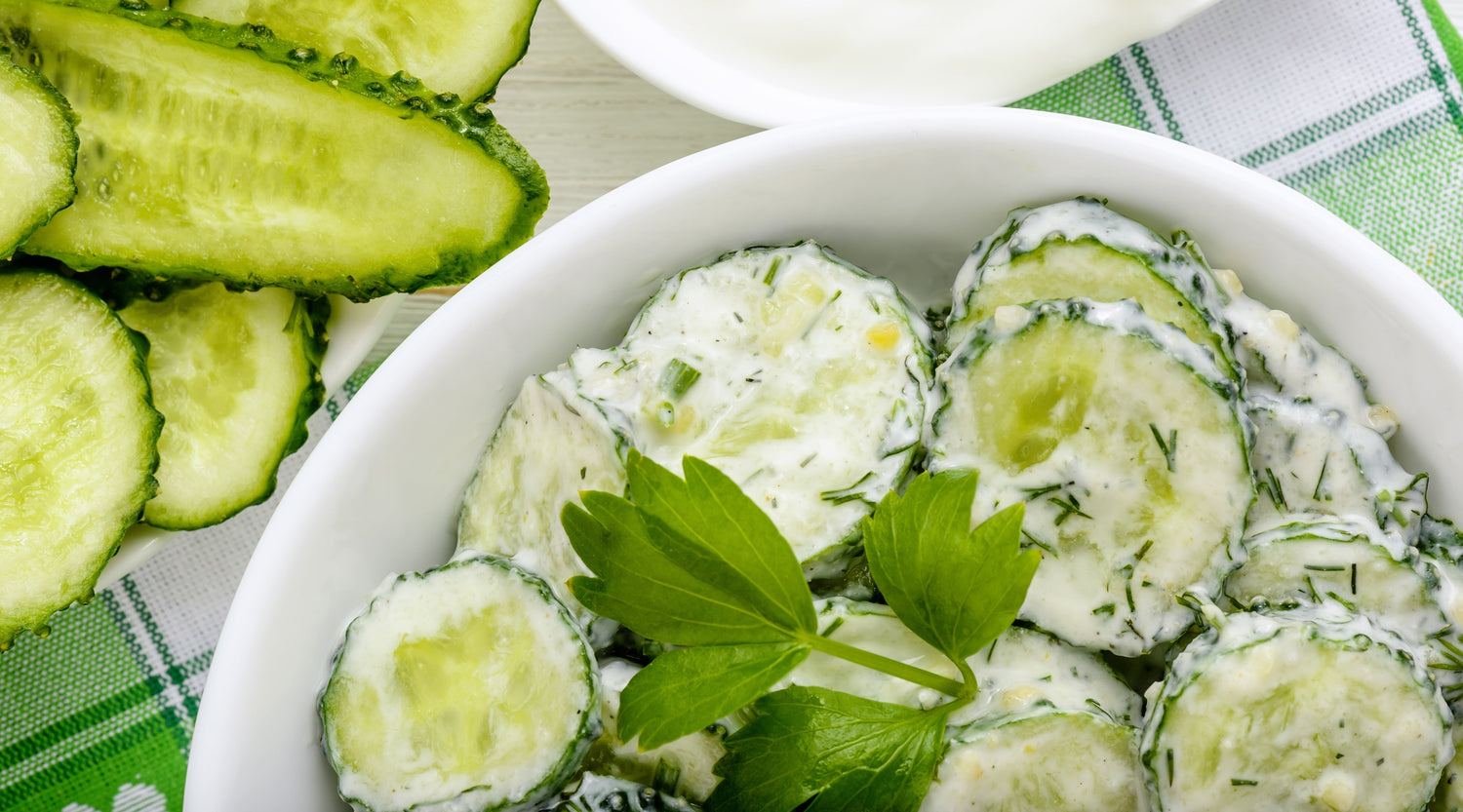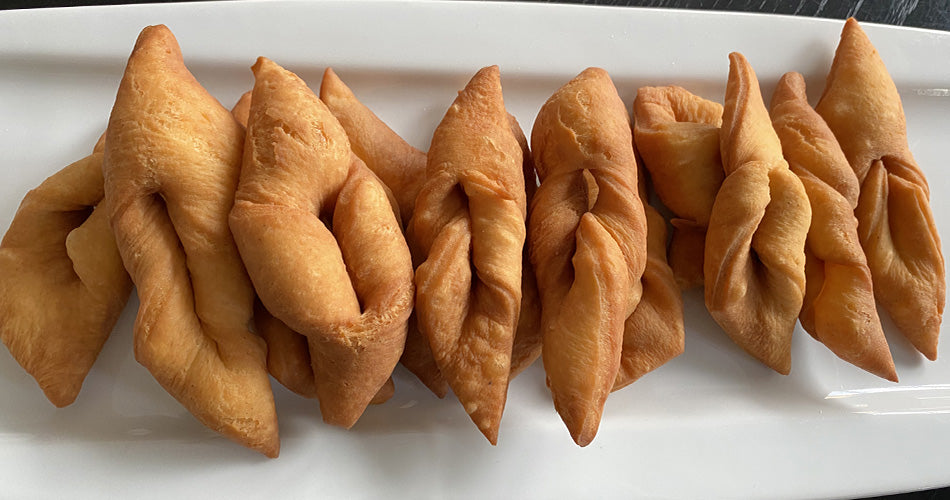My wife and I just came back from an official visit to Canada where we celebrated the 150th year anniversary of Icelanders emigrating from Iceland to Manitoba, Canada, where they settled in Winnipeg and areas to the north, in a place that they called New Iceland.
The stories I've read about Icelanders, in the year 1875, taking on the grueling 3 to 4-week journey by boat from Iceland to the promised land in Canada are hard to believe. Many didn’t survive the trip or the first winter, battling elements they didn't know or understand.
It is thought that between 15,000-20,000 people migrated from Iceland to Canada, USA, and Brazil from 1875–1930. In 1875 that was about 25% of the population of Iceland. Most of them went to Canada and today it is believed that there are around 200,000 people of direct Icelandic descent living in Canada. By comparison, the population of Iceland today is about 400,000.
During that first winter in Canada, Icelanders faced far colder temperatures than they had been accustomed to, often 30 degrees below zero. There are many stories of how indigenous people helped them, taught them to hunt and survive in the harsh conditions of their new home, even teaching these Icelandic deep sea fishermen how to fish in a shallow lake.
Populations seem to always be migrating, for one reason or another.
For the Icelandic people in 1875 and onwards, the migration was an effort to escape poverty and volcanic eruptions that caused many farms to be evacuated in areas that were never again habitable due to the large amount of ash that covered some of the eastern part of the country. At that time Canada needed people to inhabit their vast country, so everyone was welcomed. Much like Canada, the USA became a land of immigrants, welcoming people from all over the world.
When I was in Manitoba, I visited the town of Gimli where it seemed as though every other person I met was my cousin.
You might wonder how I knew we were cousins. Well, in 1988 a man by the name of Friðrik began creating a database mapping the ancestry of Icelanders and later collaborated with a company, Decode Genetics, to create the book of Icelanders. In that database they gathered over 1 million Icelanders from as early as the initial Icelandic settlement making it possible for us to track our ancestry.
It works like this: if a person is of Icelandic descent and has been registered, either through church records, or more recently through the national registry of Iceland, and with Icelandic descent in Canada, they are included in the book of Icelanders. I’m able to log onto the website islendingabok.is, type in a name and match that with mine to immediately see if we are related or not.
Back to our Canadian journey
We are on a small bus traveling from Gimli to Hecla Island, and our guide’s name is Peter Bjornson. We jokingly say that we must be related, since his last name is the same as my first. I look us up in the book of Icelanders, and lo and behold, we are cousins! The warmth, love, and joy we experienced meeting one another was profound - just think about how it feels to discover family thousands of miles away from your home!

I then took a step back and thought of all the people that helped the ancestors of this group of Icelanders break ground and survive in a new land 150 years ago. Indigenous people, Ukrainians, and others—all immigrants except for the First Nation people. To take it a step further, it’s amazing to recognize that we are, in a way, all related. With that in mind it makes one question why there is so much fighting. Fighting for land, over religious differences, sexual orientation, color of our skin, economic background, and on and on. We may look different, have different means, views, or politics but ultimately, we are all the same. If we walk down the street, go to a store, or the bus station, meet a person, and don’t give them the time of day, what if that were our cousin? If that person needed help, or someone to talk to, would we?
We all crave connection and at the same time we push people away, especially if they are not like us, don’t speak the same language, or have the same beliefs or views. I wonder what might have happened to so many immigrants moving to northern Canada if the indigenous people wouldn’t have helped them? They may not have survived without the help of their neighbors. How we treat people is a choice. Instead of suspicion, anger, or hostility, my choice will be to treat the next person I meet as my cousin and provide help, support or even just a kind word.
We are all connected, we are all brothers and sisters and if not that, we may even find that we are long-lost cousins.






